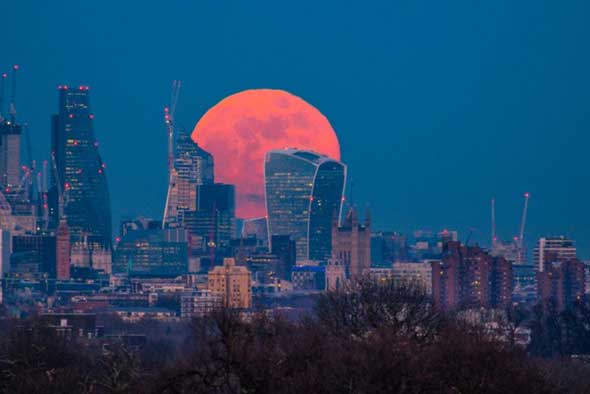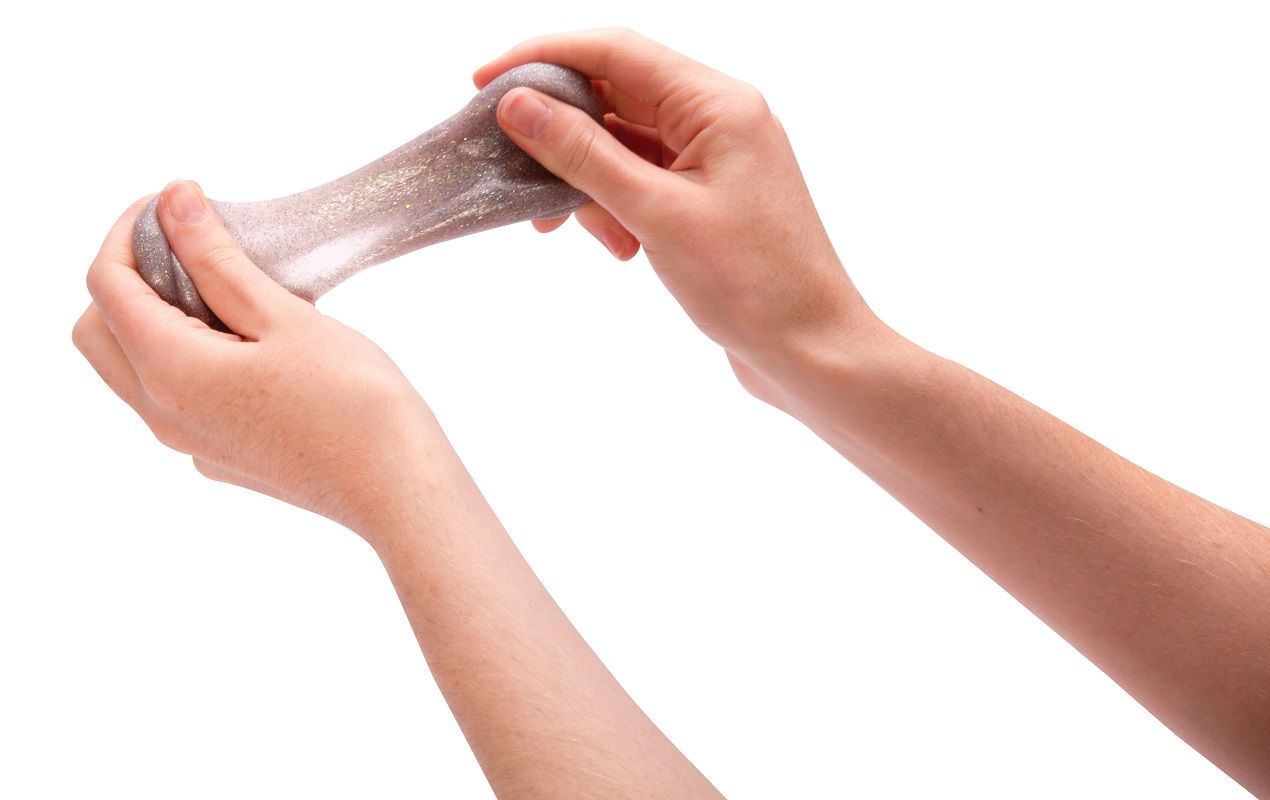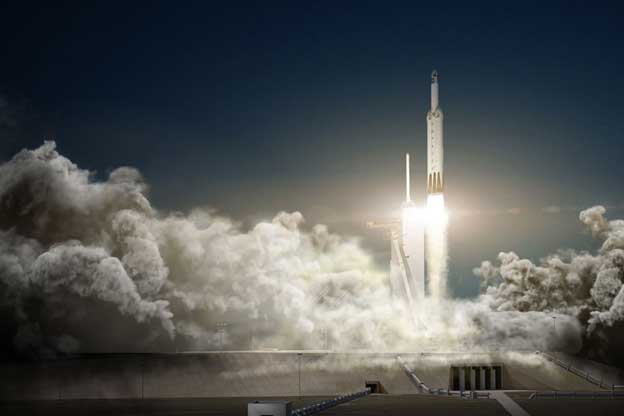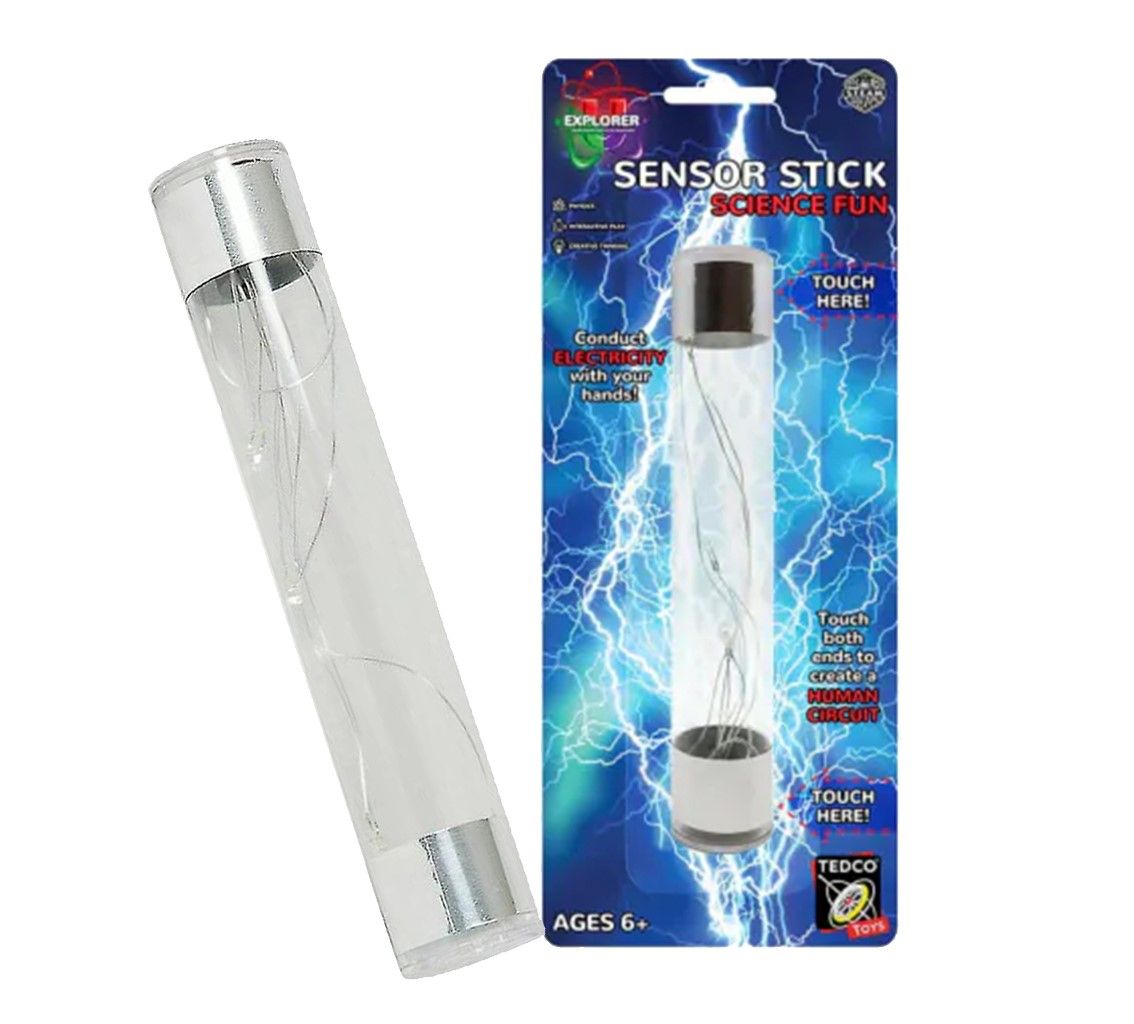Space: The Final Frontier
Mon Feb 19, 2018
By Amanda Marasco
‘Sometimes you have to go up really high to understand how small you really are.’ ~ Felix Baumgartner
Hi there!
Welcome to the first Mad About Science newsletter for 2018!
This week we are exploring space and space travel. Read on to find out about SpaceX’s historic recent rocket launch, meet a space scientist who had a unique laboratory, and get the low down on upcoming local science events.
For the young scientists in your life build a rocket and blast off! with an explosive chemical reaction. Find out about our wonderful range of Mad About Science products that will inspire both young and old(er) scientists to learn more about Space.
And finally, we have a fun competition with an awesome Space prize pack (including a telescope) up for grabs, so encourage your young scientists to enter for their chance to win! Now, to infinity and beyond!
A blue, blood, supermoon!
Stargazers all over the world were treated to a rare event on the night of January 31st.
We had a full lunar eclipse (the ‘blood’ moon, so called because the moon appears to look red as it passes into the shadow of the Earth), on the second full moon of the month (the rare ‘blue moon’ event – although for some, the eclipse did happen after midnight….which actually makes it February….but that could be getting a bit technical for some!)
And finally, it was also a ‘super moon’ – meaning that the moon was at the closest point to Earth in its orbit. Many believe that makes the moon appear larger in the sky, however astronomers tell us the difference is not really discernible, and the moons apparently larger size is more of an optical illusion, where objects on the horizon look bigger than objects higher in the sky. Nevertheless, it was a beautiful, thrilling sight!
For those who missed it, look out for more special upcoming 2018 astronomical events.
|
Explosive Cream Tub Rocket! If you thought vinegar and bicarb were only good for making messy, oozy volcanoes, think again! Turn an empty cream container into an exciting, explosive rocket with this classic acid/base reaction.
Quickly push the cream lid on, and hold the container away from people and faces. As more and more carbon dioxide is released by the acid/base reaction, pressure builds and builds until……Bam! Lift Off! You may even want to decorate the cream container as a rocket. |
Competition Time For your chance to win an stellar world prize pack from Mad About Science, including a 30mm Explore Telescope, a pack of Glowing Twinkle Stars and a tub of Glitter Galaxy Putty, send us your best answer to the following question...
Click here for a full list of competition terms and conditions. |
Historic Launch: SpaceX launches an Xciting new rocket |
SpaceX successfully launched the massive, new ‘Falcon Heavy’ rocket for the first time on Feb. 6, 2018.
It is by far the most powerful rocket in the world today, with 27 engines capable of lifting an extraordinary payload of 64 tons of fuel, equipment and people up in to orbit.
Read more about the historic launch from NASA’s Kennedy Space Station in Florida, USA.
Incredibly, the two boosters on the side of the rockets main core returned back to earth for a synchronised precision landing, meaning that they will be able to be used again. No real people were onboard the Falcon Heavy, instead there was a life size dummy in a space suit, named ‘Starman’, sitting at the wheel of a red convertible car!
The car belonged to the co-founder and CEO of SpaceX, billionaire entrepreneur Elon Musk. It was set to orbit Earth before heading off towards Mars and then on towards the Sun. Unbeknownst to many, hidden in the car is a small circular disc, like a shrunken DVD, made of quartz silica glass. The disc, called an ‘Arch’ (pronounced ‘Ark’) is a data storage device with a huge capacity. Stored on it were the books of science-fiction writer Isaac Asimov’s ‘Foundation’ trilogy. The creator of the Arch, Nova Spivack, says the crystals will last 14 billion years – plenty of time for someone to find them! Slowly, the Suns radiation will cause both Starman and his ride to disintegrate, but what an adventure he will have in the meantime!
Watch the full video of the launch of the Falcon Heavy rocket.
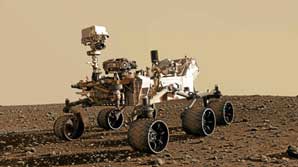 |
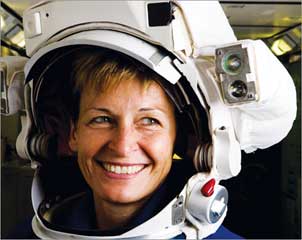 |
|
Curiosity makes its best movie yet!
To view the video, and for further Curiosity mission updates, Click Here:
|
Space Traveller and trailblazer
Dr Peggy Whitson is a trailblazing American space scientist and NASA astronaut. Her resume is an inspiration. Peggy has completed 3 trips to the ISS, performed 10 spacewalks to install and maintain ISS equipment, and spent a total of 665 days in space – more than any other American astronaut! Whilst in the zero-gravity environment of space, she conducted dozens of experiments in biology, biotechnology, physical science and earth science. Peggy grew up on a farm in the American Midwest, and recently celebrated her 58th birthday. Whilst in space, she wrote a letter to her nine-year-old self, encouraging her to ‘ignore the naysayers’ and pursue her dream of becoming an astronaut. You can read the complete letter here:
|
Propel yourself to the Planetarium!
If you live in Victoria and haven't taken your junior astronomers to the Planetarium at Scienceworks yet, it's about time!
This world-class facility screens a variety of space films on the specially constructed dome every day! Each film session ends with a ‘What’s In The Sky Tonight?’ presentation which icludes a projection of the current night sky on the dome and what can be seen. Most Ausralian states have similar planetariums
And for the grown up scientists, the Planetarium is hosting a series of ‘after hours’ evenings in March, April and May, including the ‘Discover The Night Sky’ sessions in May with Scienceworks’ resident astronomer, Dr Tanya Hill.

